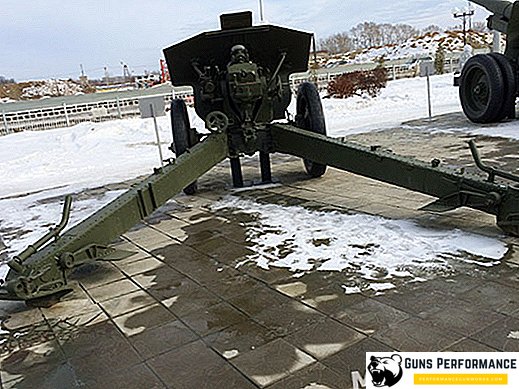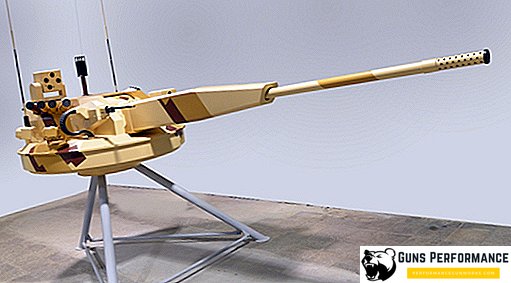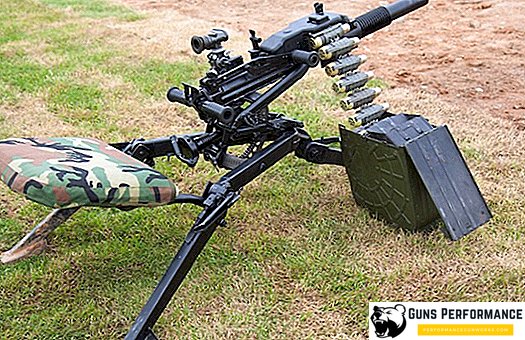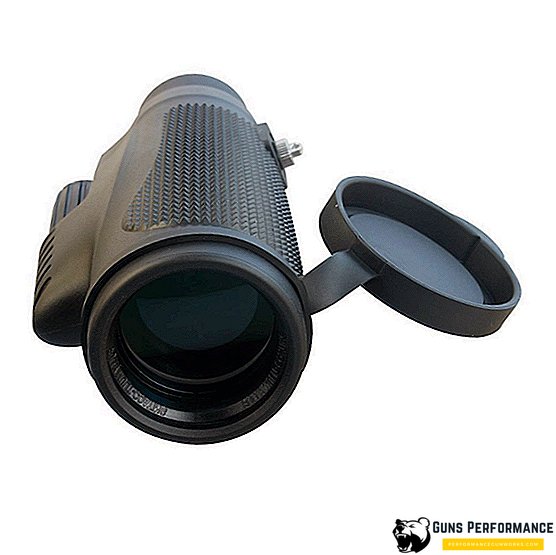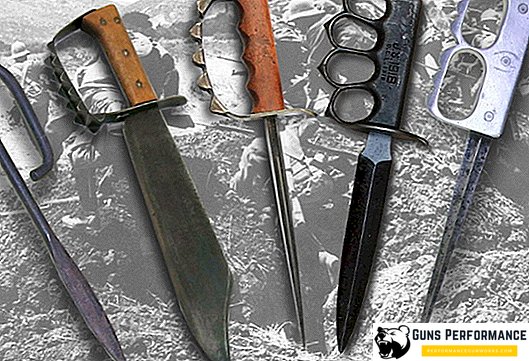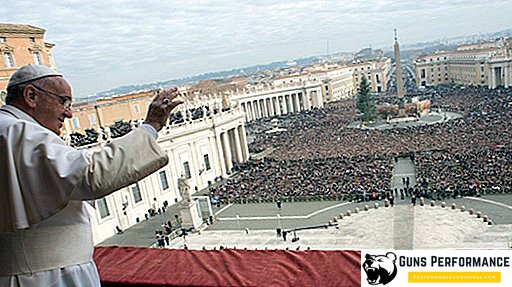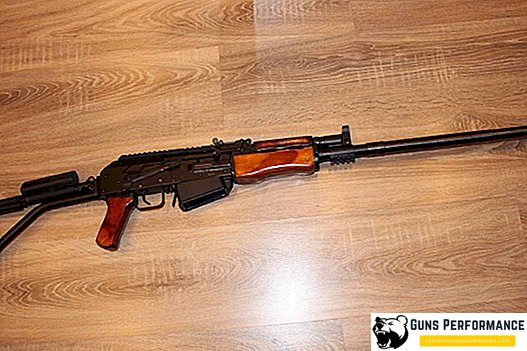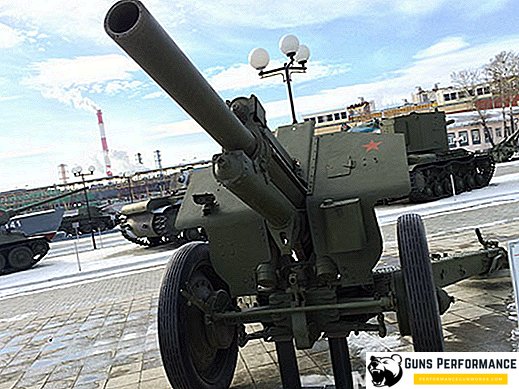
The Soviet howitzer M-30 became the main artillery system as part of the Red Army throughout the entire period of the Great Patriotic War. The main task, which was set before artillery units equipped with this powerful weapon, was to blast the enemy’s defensive orders in the front line and to the depth, to create a firing defensive shaft in the path of the advancing enemy formations.
Project development and mass production
Despite its young age (the M-30 howitzer was put into service in 1938), the creation of a new gun was delayed. The design assignment from the GAU was issued back in 1929. The first option obtained is a new howitzer 122 mm gun model 1934. In the future, Soviet designers under the leadership of F. F. Petrov continued to work on the development of this topic and set about creating a more modern technically advanced howitzer M-30.
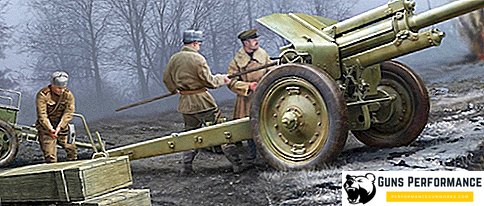
In December 1937, a new howitzer M-30 with a 122 mm caliber was presented to the GAU commission for review and testing. After successful shooting, it was recommended to immediately launch a new weapon into mass production. The gun was produced for 16 years from 1939 to 1955.
Tactical and technical parameters of the M-30 howitzer
- Calculation - 8 people.
- Combat weight - 2.45 tons.
- Charging separately-sleeve.
- The initial velocity of the high-explosive fragmentation projectile is 515 m / s.
- The angle of vertical guidance: from -3 to +65 degrees, the angle of horizontal guidance - 49 degrees.
- Rate of fire: 5-6 shots / min.
- The maximum firing range - 11800 m.
- The main types of ammunition: high-explosive, armor-piercing, incendiary and cumulative projectiles.
- The weight of the high-explosive fragmentation projectile is 21 kg.
- Transfer time from traveling to combat: 1-1.5 min.
- Mode of transportation: transported by horse-drawn carts, trucks.
The Soviet 122 mm howitzer M-30 has become one of the most massive artillery systems in service with the Red Army and the Soviet Army. The main phase of the combat use of weapons fell on the period of World War II. In the postwar period, the Soviet howitzer was actively used in numerous foreign armed conflicts.
A photo
